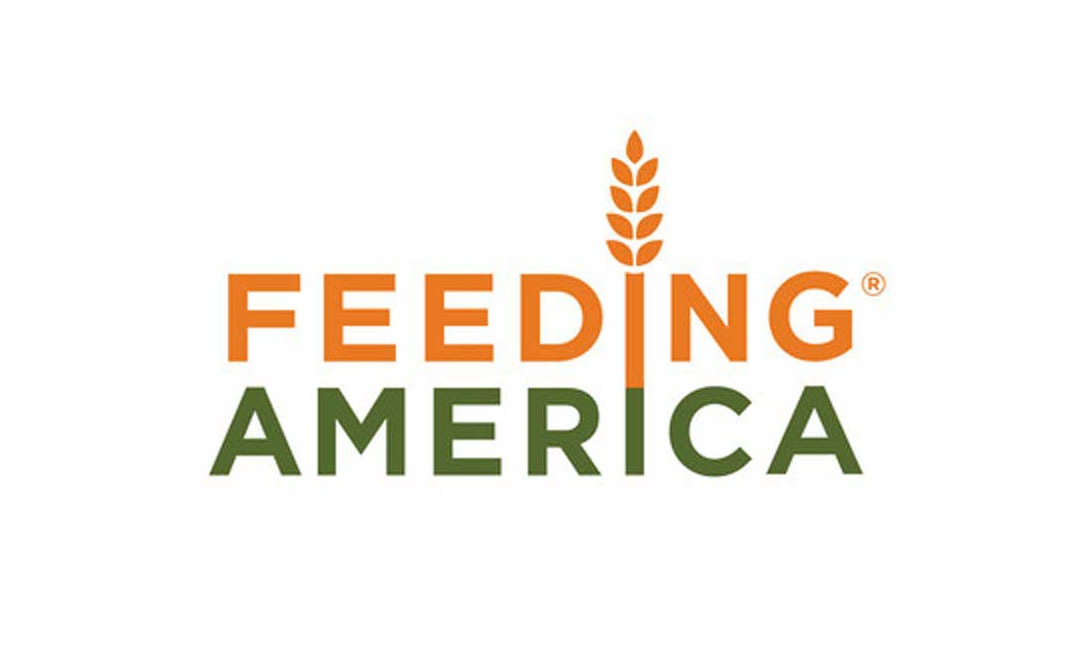A report released this week by the USDA found that one in eight households (11.8 percent) in the U.S. had trouble providing enough food for all their members at some time during 2017. This represents a decline of 0.5 percentage points from the previous year’s data.
Still, the improvements are not enough to overcome the effects of the Great Recession as there are still more households experiencing hunger now than in 2007. According to the USDA, 40 million Americans face hunger, including 12.5 million children. Some of the groups experiencing the highest rates of food insecurity include households with children led by single women (30.3 percent) and people living below the poverty level (36.8 percent).
“We are pleased to see that food insecurity rates have decreased in recent years, but still 40 million Americans facing hunger is a statistic that no one should be comfortable with,” says Matt Knott, president of Feeding America. “As policy makers debate legislation that could impact millions of households, we urge Congress to protect SNAP and increase TEFAP funding, programs that are critical to our work to address hunger, in the Farm Bill.”
Additionally, the report looked at the variety of methods households employ to meet their food needs. For instance, more than half (58.4 percent) of food-insecure households below 185 percent of the federal poverty line reported participating in one or more of the three largest federal food and nutrition assistance programs (SNAP, NSLP and WIC) in the previous 30 days.
The report, “Household Food Security in the United States in 2017,” is published by USDA’s Economic Research Service and reports on data collected in December 2017. The report also presents statistics on how much households spent on food, and the extent to which food-insecure households participated in federal and community food assistance programs for 2017.
The full report is available here.
Keep reading:
https://www.theshelbyreport.com/2018/08/23/tyson-oklahoma-food-bank-protein-donation/
https://www.theshelbyreport.com/2018/08/23/dr-yum-program-fights-food-insecurity/

